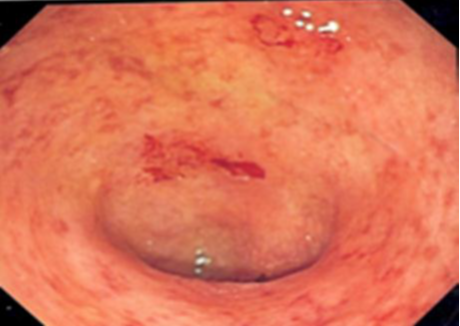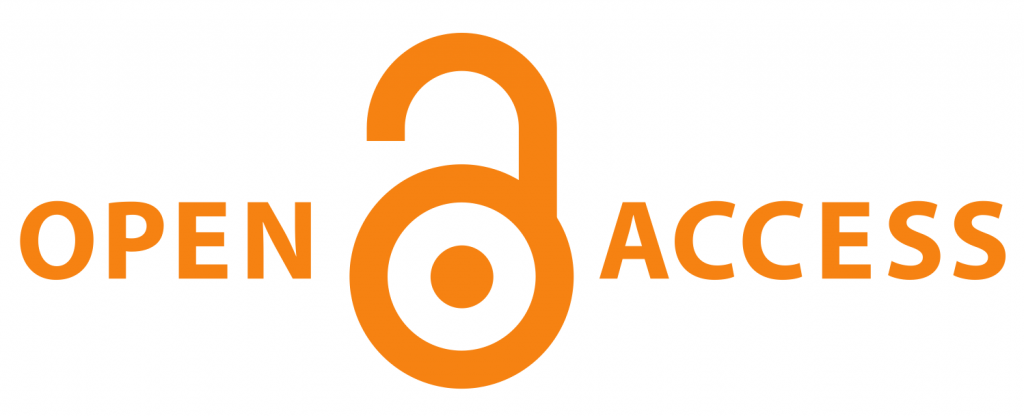Modified Picha Basti in the management of Ulcerative Colitis - A Case Report
DOI:
https://doi.org/10.21760/jaims.10.9.56Keywords:
Piccha Basti, Ulcerative collitis, Irritable bowel, Grahani, SangrahaniAbstract
Ulcerative colitis (UC) is a chronic, relapsing and remitting inflammatory bowel disease (IBD), characterized by mucosal inflammation that typically begins in the rectum and extends proximally to involve the entire colon. It significantly impairs the quality of life and has a profound emotional and social impact on affected individuals. Despite advances in modern medicine, a completely satisfactory treatment for UC remains elusive. Methods: A 37 Year male patient visited Shalyatantra department of Sree Narayana Institute of Ayurvedic Studies and Research Puthoor, Kollam complaining of watery stools, blood and mucus mixed bowel and general body weakness in the last 4 years. Modified Picha Basthi (Karma Vasthi Schedule) after 7 days of Snehapana with Dadimadi Ghritha along with internal medications given. Results: After 41 days of treatment, faecal calprotein test which is highly raised (756) before treatment is found to be less than 5 after treatment. There were also good symptomatic relief and improvement in general health of the patient. Conclusion: Piccha Basti was prepared using easily available herbs and, upon administration, provided significant symptomatic relief in patients. Its Sangrahi (absorbent) and Shodhana (purificatory) properties promote healing of the colonic mucosa. Notably, hemoglobin (Hb) levels showed improvement following the Parihara Kala (post-treatment recovery period) of Basti, indicating an enhancement in the patient's overall health and vitality. This suggests that Piccha Basti not only aids in symptom management but also contributes to the general well-being of patients with ulcerative colitis. The findings of this study indicate that such an approach could potentially reduce the dependency on corticosteroids and the need for surgical interventions in the management of ulcerative colitis.
Downloads
References
1. Bailey & Love. Short Practice of Surgery. 26th ed. International Student’s Edition. London: CRC Press; p. 1037.
2. Shastri K. Charaka Samhita. Part 2. Chikitsasthana; Atisarachikitsa 19/63–66. Varanasi: Chaukhamba Bharati Academy; 2011. p. 570.
3. Murthy Srikantha. Ashtanga Hridaya. Vol. 2. Varanasi: Chaukhamba Orientalia; 2014. p. 82.
4. Kaplan GG. The global burden of IBD: from 2015 to 2025. Nat Rev Gastroenterol Hepatol. 2015;12(12):720–7. doi:10.1038/nrgastro.2015.150.
5. Kaikulangara Rama Varier. Arogya Kalpadruma. Varanasi: Chaukhamba Sanskrit Sansthana; 2006.
6. Kirsner JB. Historical aspects of inflammatory bowel disease. J Clin Gastroenterol. 1988;10(3):286–97.
7. Agnivesha. Charaka Samhita, Chikitsasthana. Elaborated by Charaka and Drudhabala. Commentary by Chakrapanidatta. Edited by Trikamji Acharya. Prologue by Singh RH. Varanasi: Chaukhamba Subharti Prakashan; 2017. p. 552. Verses 19–70.
8. Sushruta. Sushruta Samhita, Uttar Sthana. Elaborated by Dalhan and Gayadash. Hindi commentary by Thakral K. 2nd ed. Varanasi: Chaukhamba Orientalia; 2016. p. 298. Verses 40–10.
9. Farrell RJ. Biologics beyond Anti-TNF Agents for Ulcerative Colitis: Efficacy, Safety, and Cost? N Engl J Med. 2019;381(13).
10. Shastri K. Charaka Samhita. Part 2. Chikitsasthana; Atisarachikitsa 19/63–66. Varanasi: Chaukhamba Bharati Academy; 2011. p. 570.
11. Shastri K. Charaka Samhita. Part 2. Chikitsasthana; Atisarachikitsa 19/63–66. Varanasi: Chaukhamba Bharati Academy; 2011. p. 570.

Published
How to Cite
Issue
Section
License
Copyright (c) 2025 Surya Das S, C. Raghunathan Nair, Deepthi C V

This work is licensed under a Creative Commons Attribution 4.0 International License.














